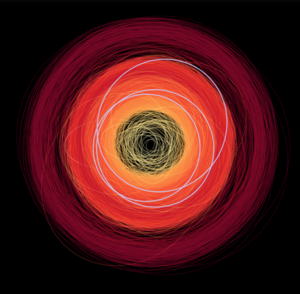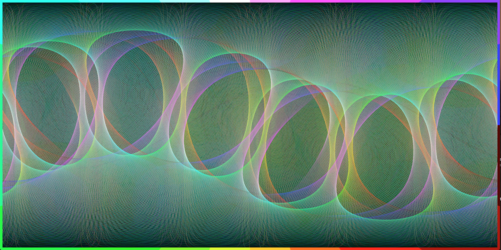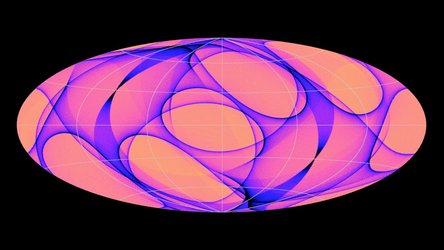Accept all cookies Accept only essential cookies See our Cookie Notice

About ESA
The European Space Agency (ESA) is Europe’s gateway to space. Its mission is to shape the development of Europe’s space capability and ensure that investment in space continues to deliver benefits to the citizens of Europe and the world.
Highlights
ESA - United space in Europe
This is ESA ESA facts Member States & Cooperating States Funding Director General Top management For Member State Delegations European vision European Space Policy ESA & EU Responsibility & Sustainability Annual Report Calendar of meetings Corporate newsEstablishments & sites
ESA Headquarters ESA ESTEC ESA ESOC ESA ESRIN ESA EAC ESA ESAC Europe's Spaceport ESA ESEC ESA ECSAT Brussels Office Washington OfficeWorking with ESA
Business with ESA ESA Commercialisation Gateway Law at ESA Careers Cyber resilience at ESA IT at ESA Newsroom Partnerships Merchandising Licence Education Open Space Innovation Platform Integrity and Reporting Administrative Tribunal Health and SafetyMore about ESA
History ESA Historical Archives Exhibitions Publications Art & Culture ESA Merchandise Kids Diversity ESA Brand Centre ESA ChampionsLatest
Space in Member States
Find out more about space activities in our 23 Member States, and understand how ESA works together with their national agencies, institutions and organisations.
Science & Exploration
Exploring our Solar System and unlocking the secrets of the Universe
Go to topicAstronauts
Missions
Juice Euclid Webb Solar Orbiter BepiColombo Gaia ExoMars Cheops Exoplanet missions More missionsActivities
International Space Station Orion service module Gateway Concordia Caves & Pangaea BenefitsLatest
Space Safety
Protecting life and infrastructure on Earth and in orbit
Go to topicAsteroids
Asteroids and Planetary Defence Asteroid danger explained Flyeye telescope: asteroid detection Hera mission: asteroid deflection Near-Earth Object Coordination CentreSpace junk
About space debris Space debris by the numbers Space Environment Report In space refuelling, refurbishing and removingSafety from space
Clean Space ecodesign Zero Debris Technologies Space for Earth Supporting Sustainable DevelopmentLatest
Applications
Using space to benefit citizens and meet future challenges on Earth
Go to topicObserving the Earth
Observing the Earth Future EO Copernicus Meteorology Space for our climate Satellite missionsCommercialisation
ESA Commercialisation Gateway Open Space Innovation Platform Business Incubation ESA Space SolutionsLatest
Enabling & Support
Making space accessible and developing the technologies for the future
Go to topicBuilding missions
Space Engineering and Technology Test centre Laboratories Concurrent Design Facility Preparing for the future Shaping the Future Discovery and Preparation Advanced Concepts TeamSpace transportation
Space Transportation Ariane Vega Space Rider Future space transportation Boost! Europe's Spaceport Launches from Europe's Spaceport from 2012Latest

Where’s Gaia?
Thank you for liking
You have already liked this page, you can only like it once!
Disguised in a crowded field of stars, the tiny white dot highlighted in these two images is none other than ESA’s Gaia satellite as seen with the Very Large Telescope Survey Telescope at the European Southern Observatory in Chile.
Gaia was launched on 19 December 2013 from ESA’s Spaceport in French Guiana, and is now 1.5 million km away, orbiting a virtual point in space known as L2. From this vantage point, Gaia will scan the sky continuously for the next five years, charting a billion stars in the Milky Way.
Gaia’s survey will yield an unprecedented 3D map of stellar positions and motions to investigate the origin and evolution of the Galaxy. Astronomers need Gaia to pinpoint stars to an extraordinary accuracy – for the brightest stars the goal is to measure their position in space to an accuracy equivalent to the size of a euro coin on the Moon as seen from Earth. But to meet such an ambitious requirement, they must know the position of Gaia in the Solar System, too.
Fortunately, it is possible – if not easy – to observe Gaia using ground-based telescopes, since small imperfections in the sunshield, and structures like the solar panels and antenna reflect diffuse light. So far away, Gaia is about a million times fainter than is detectable by the naked eye.
To measure Gaia’s position in the sky, a network of small and medium telescopes are monitoring the spacecraft on a daily basis. This information is being fed into the orbit reconstruction being performed at ESA’s Space Operations Centre, yielding an accuracy of 150 m on Gaia’s position and of 2.5 mm/s on its motion.
These two images, taken about 6.5 minutes apart on 23 January, are the result of a close collaboration between ESA and the European Southern Observatory to observe Gaia.
-
CREDIT
ESO -
LICENCE
ESA Standard Licence

The cat in Orion – or was it a fox?

Gaia antenna in test chamber

Gaia’s first asteroid discoveries

Gaia sky scan















 Germany
Germany
 Austria
Austria
 Belgium
Belgium
 Denmark
Denmark
 Spain
Spain
 Estonia
Estonia
 Finland
Finland
 France
France
 Greece
Greece
 Hungary
Hungary
 Ireland
Ireland
 Italy
Italy
 Luxembourg
Luxembourg
 Norway
Norway
 The Netherlands
The Netherlands
 Poland
Poland
 Portugal
Portugal
 Czechia
Czechia
 Romania
Romania
 United Kingdom
United Kingdom
 Slovenia
Slovenia
 Sweden
Sweden
 Switzerland
Switzerland
























